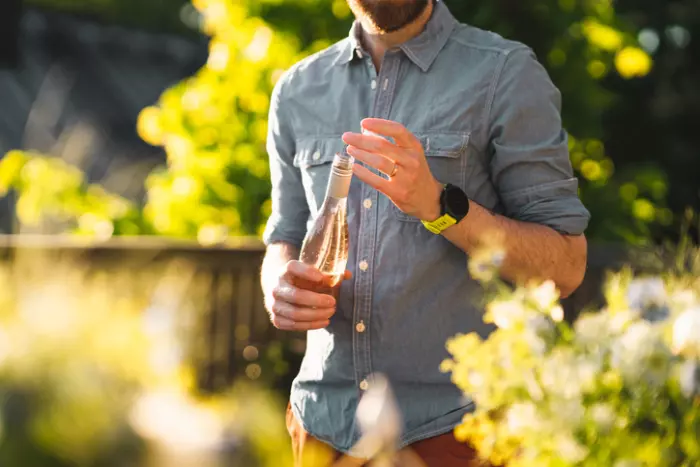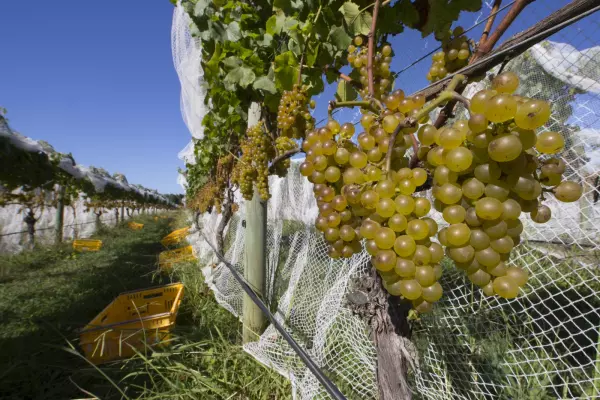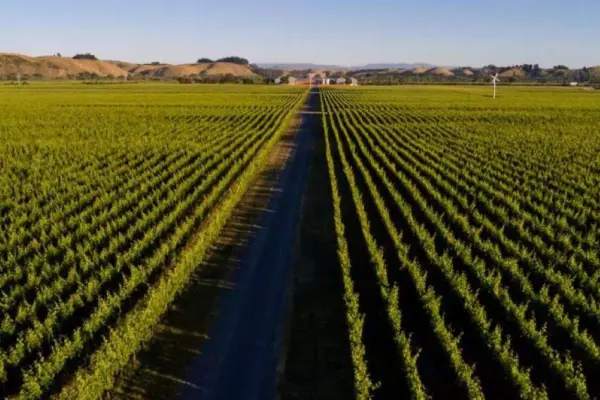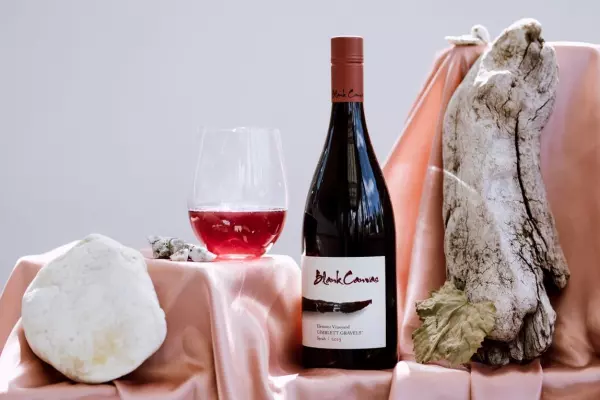It was 20 years ago that screwcaps were first used to seal bottles of New Zealand wine. Frustration at the high incidence of taint from corks encouraged a group of Kiwi winemakers to experiment with the alternative form of closure. They formed The New Zealand Screwcap Wine Seal Initiative and held a meeting in Marlborough to discuss screwcap technology and how the closure could be promoted to wine drinkers. It was 2001. I was there.
Like many of the winemakers present, I was impressed by the arguments in favour of a closure that promised to eliminate cork taint, extend the life of all wines, increase consistency, reduce off odours and resist damage through poor storage conditions. Despite these obvious advantages, we all knew it would not be easy to convince drinkers to accept such a radical change.
Screwcaps were being used on olive oil and vinegar bottles as well as small single-serve wine bottles on airlines. Corks were about tradition and quality. Screwcaps suggested low quality and short-term consumption. The “click” of a screwcap was humbled by the majestic “pop” of a cork.
In the previous year, a group of winemakers from the Clare Valley in South Australia had each bottled at least part of their riesling production under screwcaps. Drinkers seemed to favour these wines. This was an encouraging sign for rebels on both sides of the Tasman.
Choice of closure became a divisive issue in New Zealand. In promoting the benefit of screwcaps, winemakers found it necessary to talk about the shortcomings of cork. I recall being baled up by an angry winery manager who poked me in the chest and accused me of risking the future of the New Zealand wine industry because I supported screwcaps.
In 2001, many wine producers, even if they didn’t offer screwcaps in their commercial production, were doing trials to test the new closure. I purchased 12 cases of 12 different wines – six bottles of each under cork and six under screwcap – to conduct trials of my own.
Within a few years, I became convinced that white wine was significantly better under screwcap than cork. It avoided cork taint and cork odour (a woody taste imparted by cork), was more consistent and stayed fresher longer. Sauvignon blanc, for example, seemed to have a drinking window about two-and-a-half times greater than the same wine under cork.
Soft, fruity red wines such as pinot noir also performed well under screwcap. But big, gutsy reds such as syrah and cabernet/merlot blends needed longer to assess. I recently tested two big syrah wines under both closures. They had been stored under temperature-controlled conditions at 14oC for their entire life. The two wines were very different. The cork-sealed samples were deliciously evolved, obviously showing bottle age, were nicely complex and were more astringent than their screwcap-sealed counterparts, which were fruitier, more youthful and softer. Which performed better, cork or screwcap? That’s a hard call. I liked them both, for different reasons.
I have one pair of the wines left, and plan to compare them in 10 years’ time.
The rapid rise of screwcaps, in Australasia at least, has benefited wine enormously by stimulating research in and awareness of a wide range of closures. These include Diam, an encouragingly consistent cork lookalike made from cork chips that are treated to remove the chemical that causes cork taint, then mixed with a resin and moulded into a cork shape. Another alternative is Vinolok, a sexy-looking recyclable glass stopper with a taste-neutral sealing ring.
Competition from screwcaps has also forced the cork industry to reduce cork taint and increase consistency, with some success. It is worth making an effort – the market for wine-bottle closures was estimated to be worth US$3.194 billion in 2019.
Bob’s Top Picks
Investment Wine

2019 Passage Rock Reserve Syrah, Waiheke, $65
Intense, dense syrah with black-fleshed plum, dark berry, black pepper, coffee, liquorice and cigar box. Impressive, complex red with power and presence. Can be appreciated now but will develop well with bottle age.
Weekend Wine
Top White

2019 Neudorf Rosie’s Block Chardonnay, Nelson, $45 (released on March 2)
A new label from the older, organically grown vines (21 years) on Rosie’s Block makes an impressive debut from a very successful vintage. It’s a sophisticated chardonnay that, in style if not in concentration, reminds me of their flagship Moutere Chardonnay. Elegant wine with power and potential.
Top Red

2019 Quartz Reef Bendigo Estate Pinot Noir, Central Otago, $49
Intense and expressive pinot noir with plum, dark cherry, spice/thyme/anise, plus subtle spicy oak. Very impressive wine from a very good vintage. Power that’s delivered with considerable finesse.
Read more from Bob at therealreview.com










